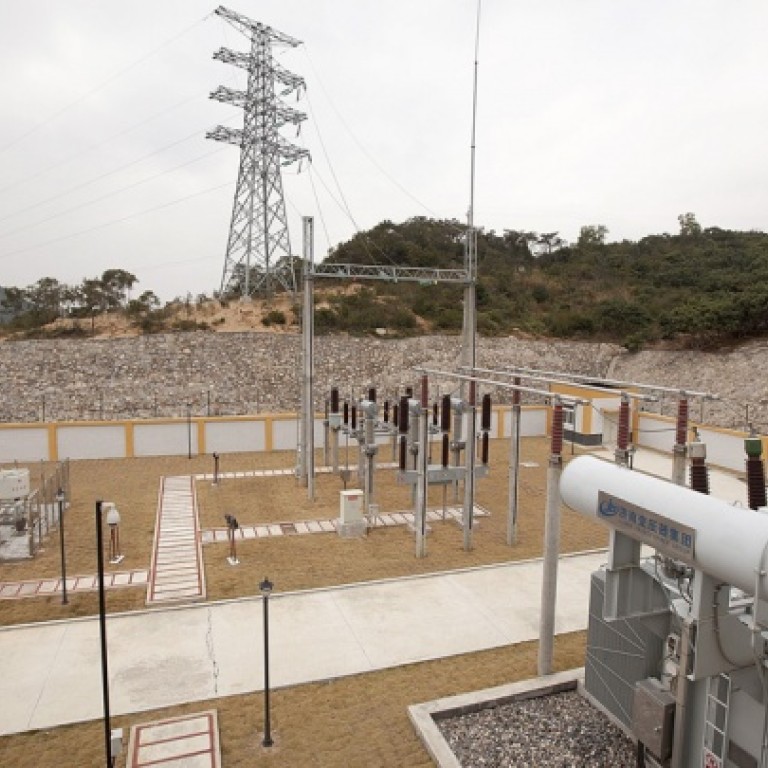
China Resources needs to win over merger sceptics
Independent shareholders of China Resources Power (CRP) and sister firm China Resources Gas (CRG) are unlikely to vote in favour of their proposed merger unless the firms can provide more details about proposed post-merger investment into riskier new projects and quantify cost savings, analysts said.
While the firms said their proposed merger into a new entity called CR Energy Group would create "the largest Hong Kong-listed, mainland-focused integrated energy utility", analysts said bigger might not be better, unless cost savings and greater profitability could be quantified.
"The stock market does not necessarily reward an energy and utility firm solely because it is big," said Pierre Lau, head of Asia Pacific utilities research at Citi.
Post-merger, the combined market value of CRP and CRG would be HK$137 billion, exceeding the HK$111 billion of leader Huaneng Power International.
The merger would see every 100 CRG shares exchanged into 97 newly issued CRP shares, after which CRG would be delisted. The offer to CRG shareholders is 12.8 per cent higher than the firm's last traded share price prior to the announcement of the proposed merger. The proposal came as a surprise on May 10, as CRP and CRG operate in different industries - one being mainly a coal-fired power generator and the other a natural gas distributor.
Both are fund managers' darlings, meaning they can fetch valuations higher than most of their peers, as measured by their share price-to-earnings ratios, and both would have no problem raising funds independently in the capital market to support their planned expansions.
But state-owned China Resources - their majority shareholder, with 64 per cent of CRG and 63 per cent of CRP - has bigger plans for the combined entity.
In a joint statement on the proposed merger, CRP and CRG said CR Energy's "enlarged platform" would allow it to pursue "new business opportunities" in upstream gas production and midstream gas transportation. They include the production of conventional natural gas and various forms of unconventional gas - such as the extraction of methane gas trapped tightly between coal seams and shale rocks, the conversion of coal into methane gas, and the collection of methane gas from ovens that make coke used to smelt steel.
CR Energy will also consider building mid-stream infrastructure for long-distance transportation of gas, including facilities to liquefy and regasify natural gas, and liquefied natural gas (LNG) trucking facilities.
CR Energy also will consider expanding in "distributed power generation" - small-scale power production using cleaner fuel sources like natural gas, wind, solar, hydro and biomass.
While the new businesses enjoy state support and have ample room for growth, analysts are worried about the risks.
"[The] investment risk of upstream projects is higher than downstream [ones]," Lau wrote. "CR Gas added that the investment phase of upstream projects would be at least three to four years, and would not [bring] much profit ... [within] five years.
Lau quoted management as saying at an analysts' meeting that CR Energy may consider spending HK$10 billion to HK$30 billion in each of coal seam gas production, liquefaction of domestic gas and the regasification of imported LNG. It aims to have the capacity to produce 4 billion cubic metres of natural gas annually, which would help it achieve a target of raising annual gas sales to between 18 billion cubic metres (bcm) and 20 bcm by 2018 from 9 bcm last year, Lau said.
"To rally more support from independent shareholders, CRP will need to disclose more information about any potential up-stream and mid-stream gas project investments which could deliver reasonable risk-adjusted returns," Gary Chiu, CCB International Securities' head of energy research, said in a report.
"Also, management needs to quantify any potential cost savings after the merger."
Neither CRP nor CRG would comment, citing regulations. They said "some degree of operational cost synergies" can be reaped from potential sharing of administrative functions and lower financing cost due to greater "flexibility in funding of future capital expenditure".
Approval for the merger requires votes representing over 50 per cent of CRP's independent shareholders and votes representing more than 75 per cent of CRG's independent shareholders. The proposal will be rejected if votes representing more than 10 per cent of CRG's independent shareholders are against it.

